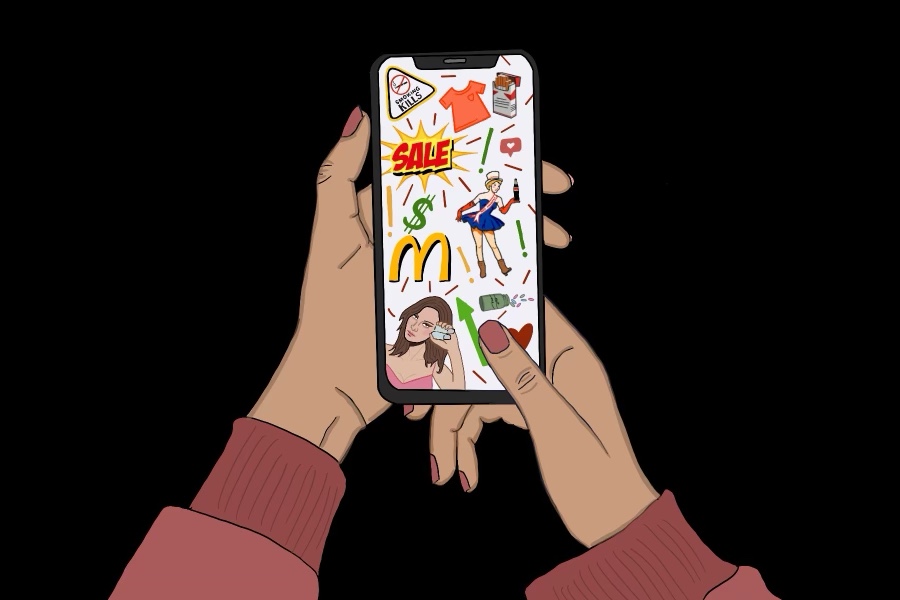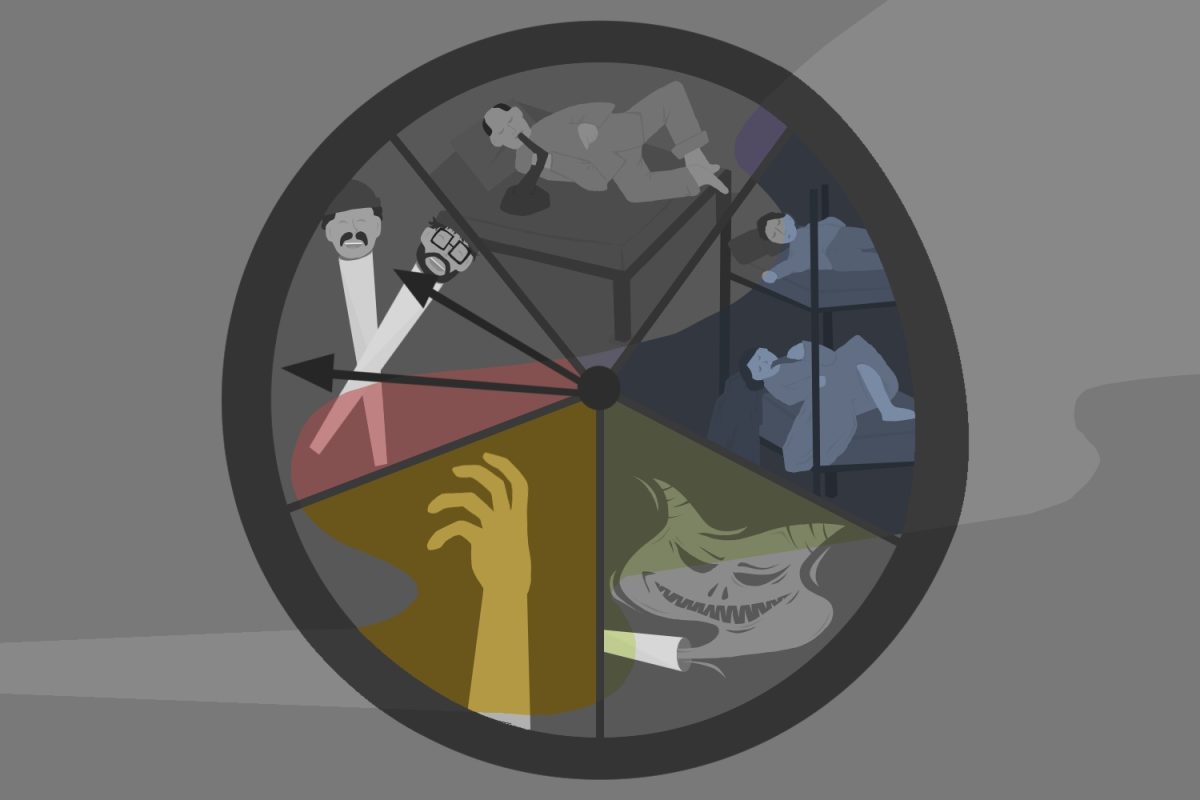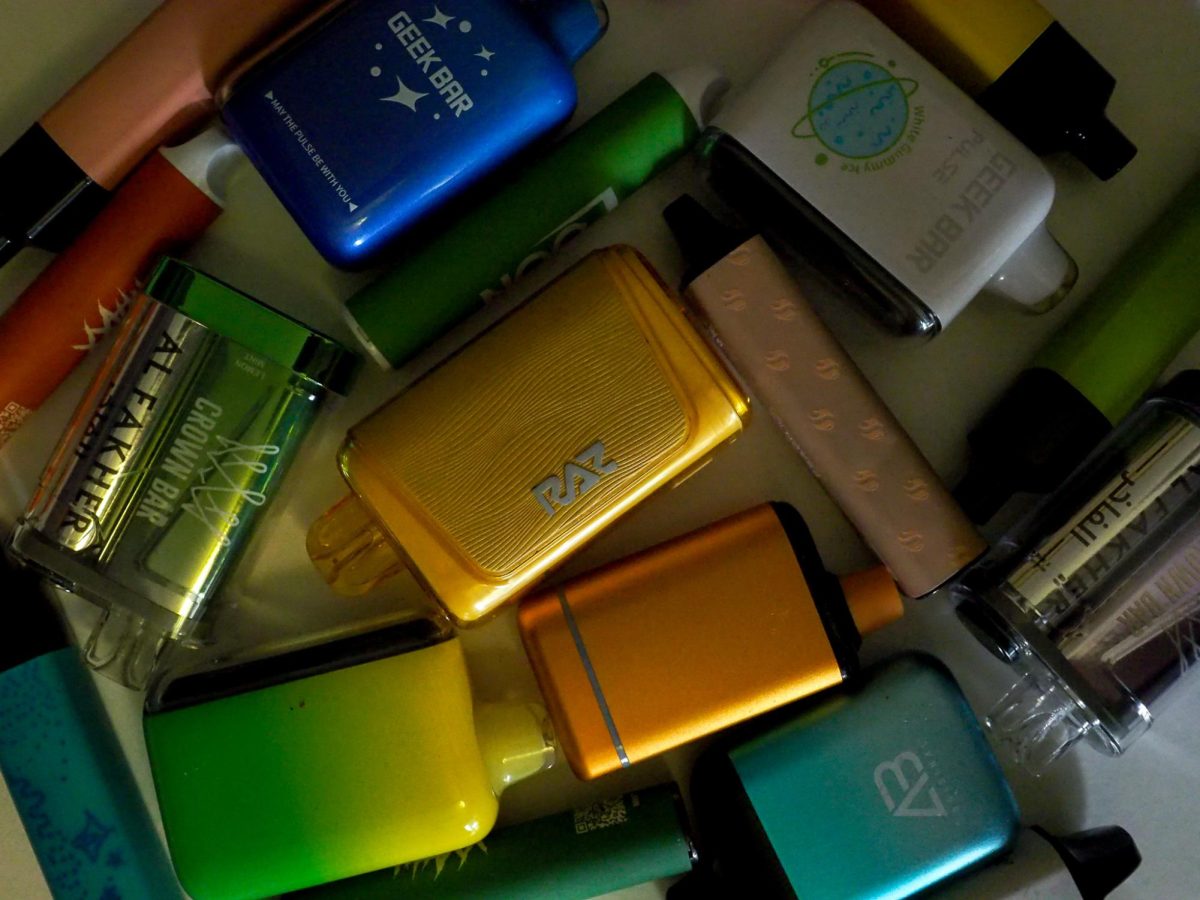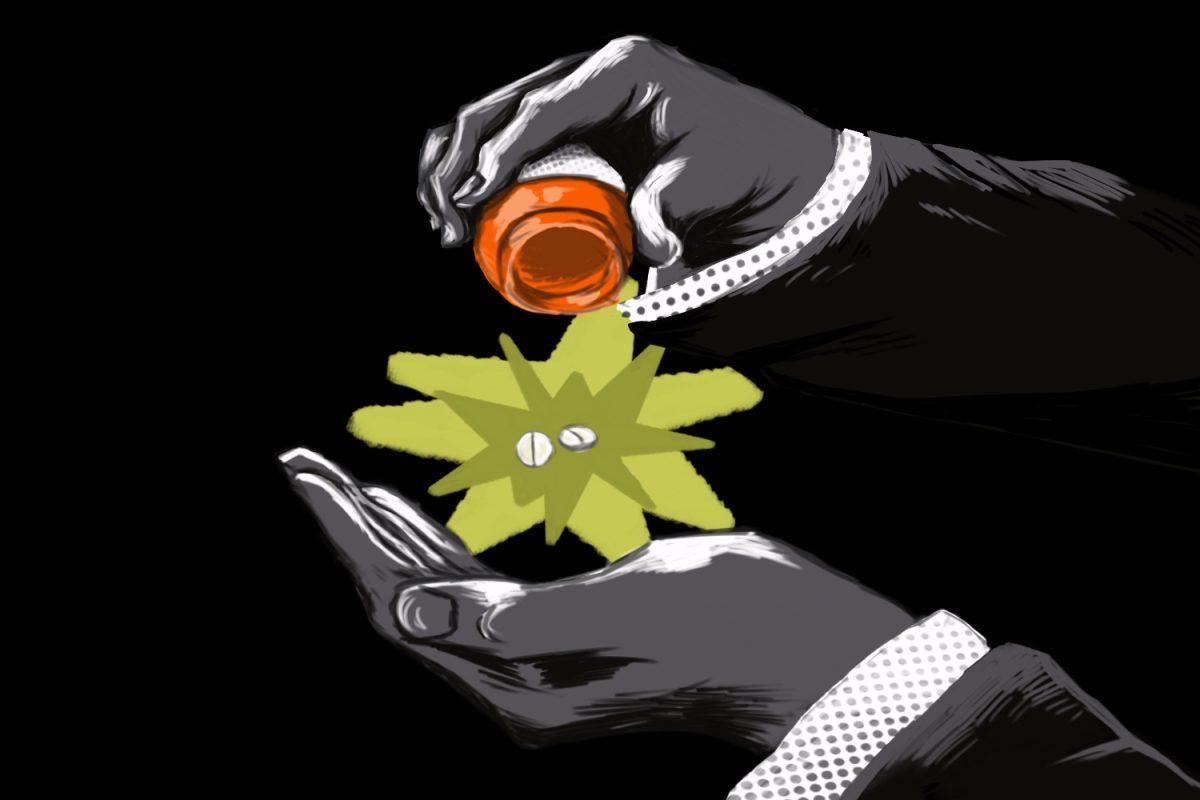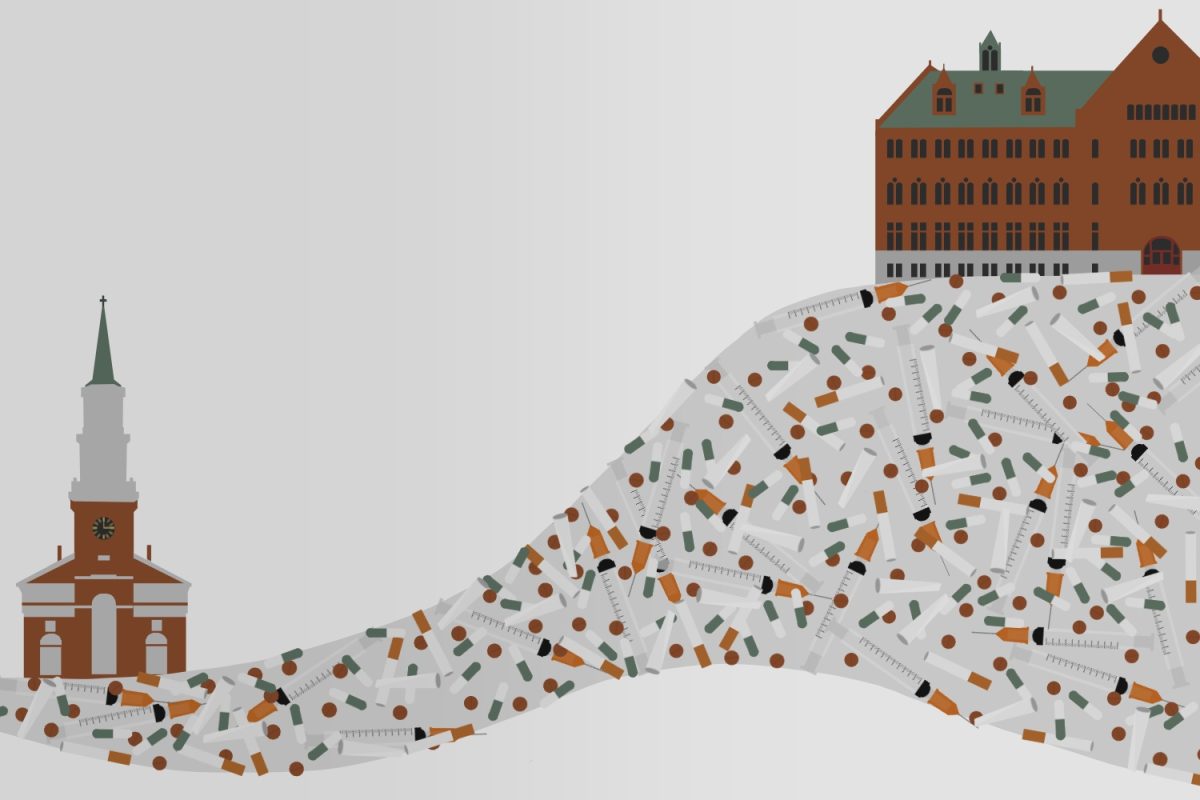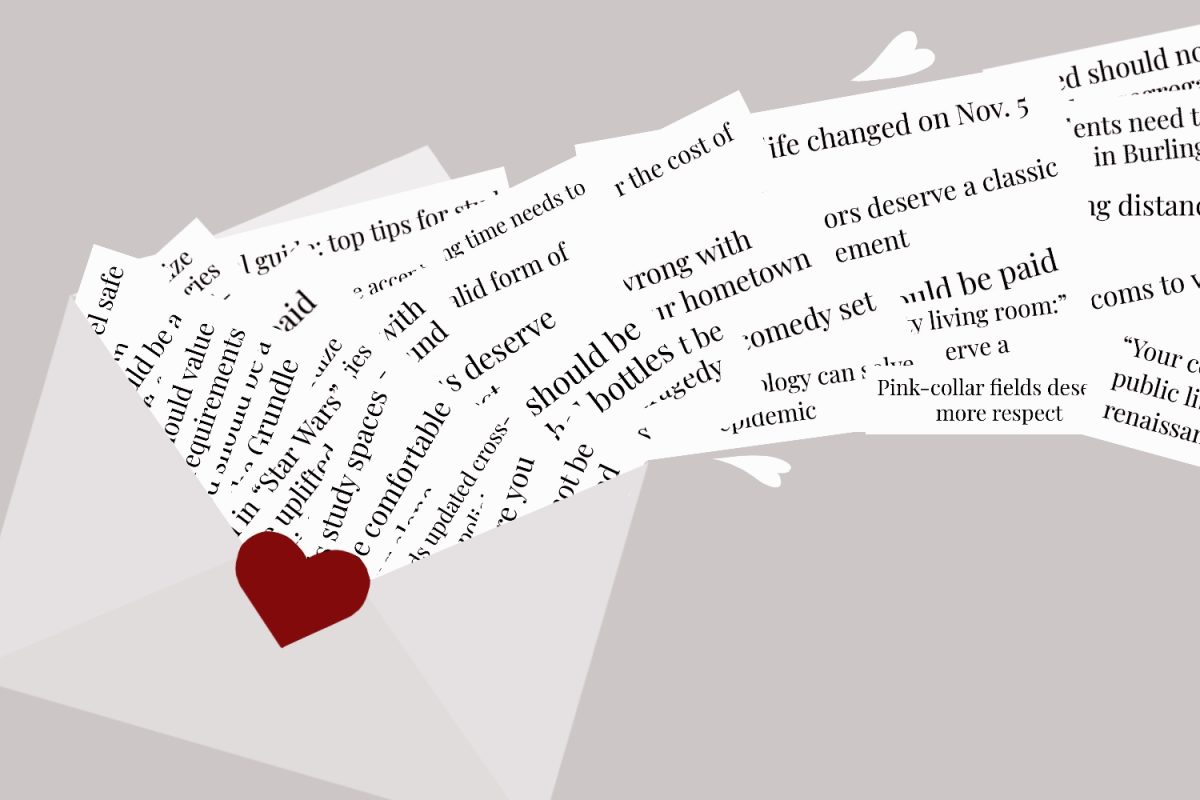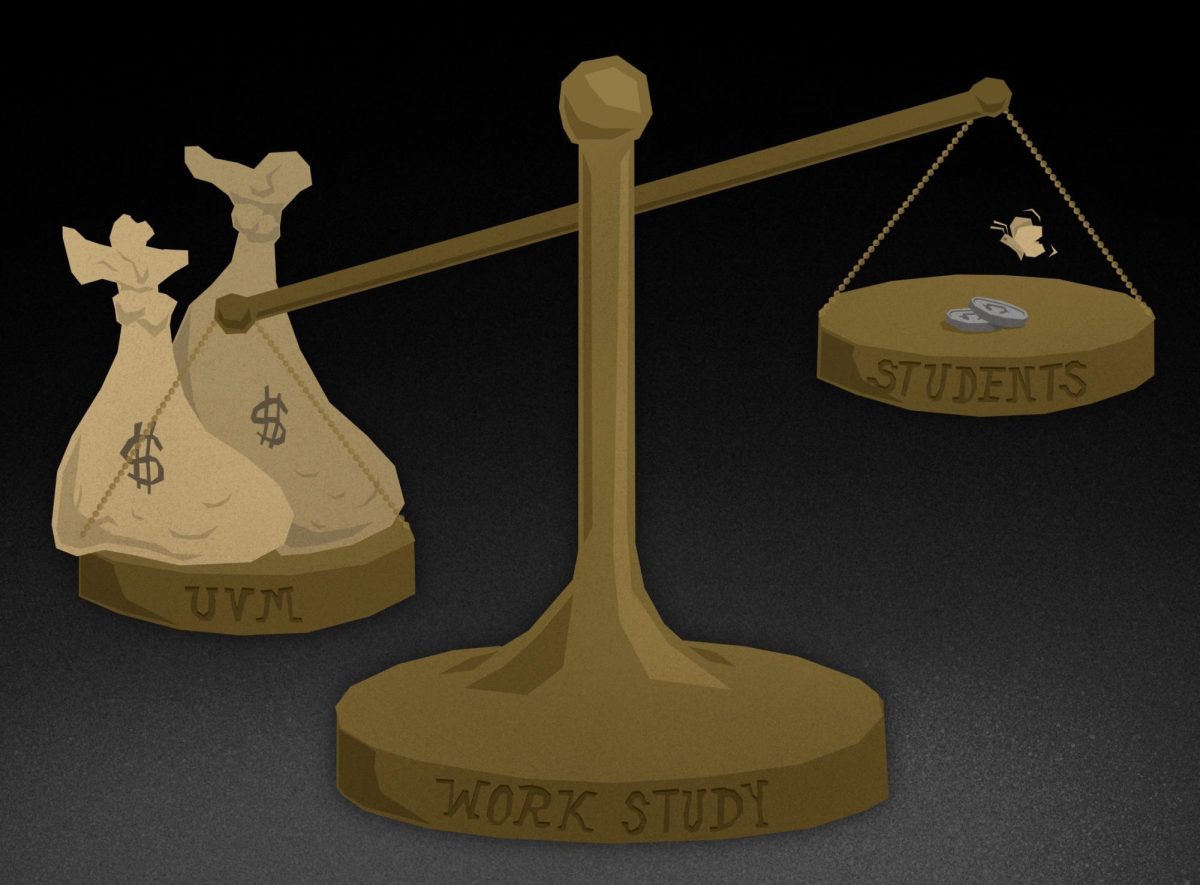I just updated TikTok for the first time in six months.
All of a sudden, it seems like all my content is sponsored and there’s an unavoidable TikTok Shop section in between my For You and my Following Page.
At the end of the day, there is truly no denying it: ads have taken over TikTok. Shray Joshi, the founder of TikTok, has laid a plan to get marketers to spend around 25% of their budget on TikTok, according to a Nov. 3, 2023 Digiday article.
This goal is not far off. Over the course of 2024, the amount spent on advertising jumped from $805 million to $1.2 billion, according to a March 5 Marketing Brew article.
The 43% increase is very apparent, at least to me. I became exhausted hearing every influencer read from the same script.
“This lip plumper is my Holy Grail.”
“I cannot live without my $300 Aritzia skirt.”
“The second I started using this eye cream, every scar and pore on my face disappeared.”
Ugh. The worst part is watching an influencer tout the same tired product as part of their everyday routine when, clearly, they just took it out of the box.
The same eight parent companies push their products so frequently I can’t keep up with what is trendy anymore.
I remember when Sol de Janeiro was shoved so far down my throat I couldn’t sleep without the ambery bottle infiltrating my dreams. Now that Cheirosa 62 is on 95% of bathroom vanities, no one’s talking about it. It left as quickly as it arrived.
The same arc can be drawn on the rise and fall of dozens of fads. The Aerie Flair Leggings, LED strip lights, and soon, the Stanley Cup.
TikTok has become a critical marketing vessel for companies everywhere. Take Stanley, for example. Since 2019, Stanley’s sales growth has jumped from $70 million in 2019 to over $750 million in 2023, largely thanks to its “TikTok-ification,” according to a Dec. 23, 2023 CNBC article.
Companies know who is on TikTok, how much they spend, what has trended in the past and what will blow up now. Smart companies, like Duolingo and Dr. Miami, hire social media managers whose job is to target TikTok users.
Scary. Knowing that the majority of what influencers push in their GRWMs are only mentioned because the creator is being paid to talk highly of the product is kinda gross.
At this point, products do not have to work. If it has pretty packaging and gets name-dropped by Alix Earle, it’s immediately sold out. Doesn’t matter if it causes breakouts, dries your lips or falls apart after one wash.
But all hope is not lost. While the hashtag “tiktokmademebuyit” has hundreds of thousands of videos, a new trend may help un-brainwash us.
De-influencing is picking up steam, slowly but surely. Influencers reveal the popular products that promised shiny, sleek hair but actually delivered a dry scalp and split ends. Or the water bottle people fight and claw over actually contains lead.
At the end of the day, “de-influencing” really only comes on the scene after the trend has come and gone. After hundreds of thousands Lululemon Scubas have flown off the shelves. After every site is out of Drunk Elephant bronzing drops.
By then, the next best-selling sweatshirt has made its debut and a new revolutionary serum is on the market.
With this in mind, users can manipulate the concerningly accurate TikTok algorithm in their favor.
Block hashtags that flood your page with $300 hauls of things no sane person actually needs. Follow creators that don’t blatantly advertise overconsumption. Better yet, get off the app altogether.
It is unlikely that influencer-culture will disappear in the coming months, but we can do our best to buy what works, not what’s popular.


